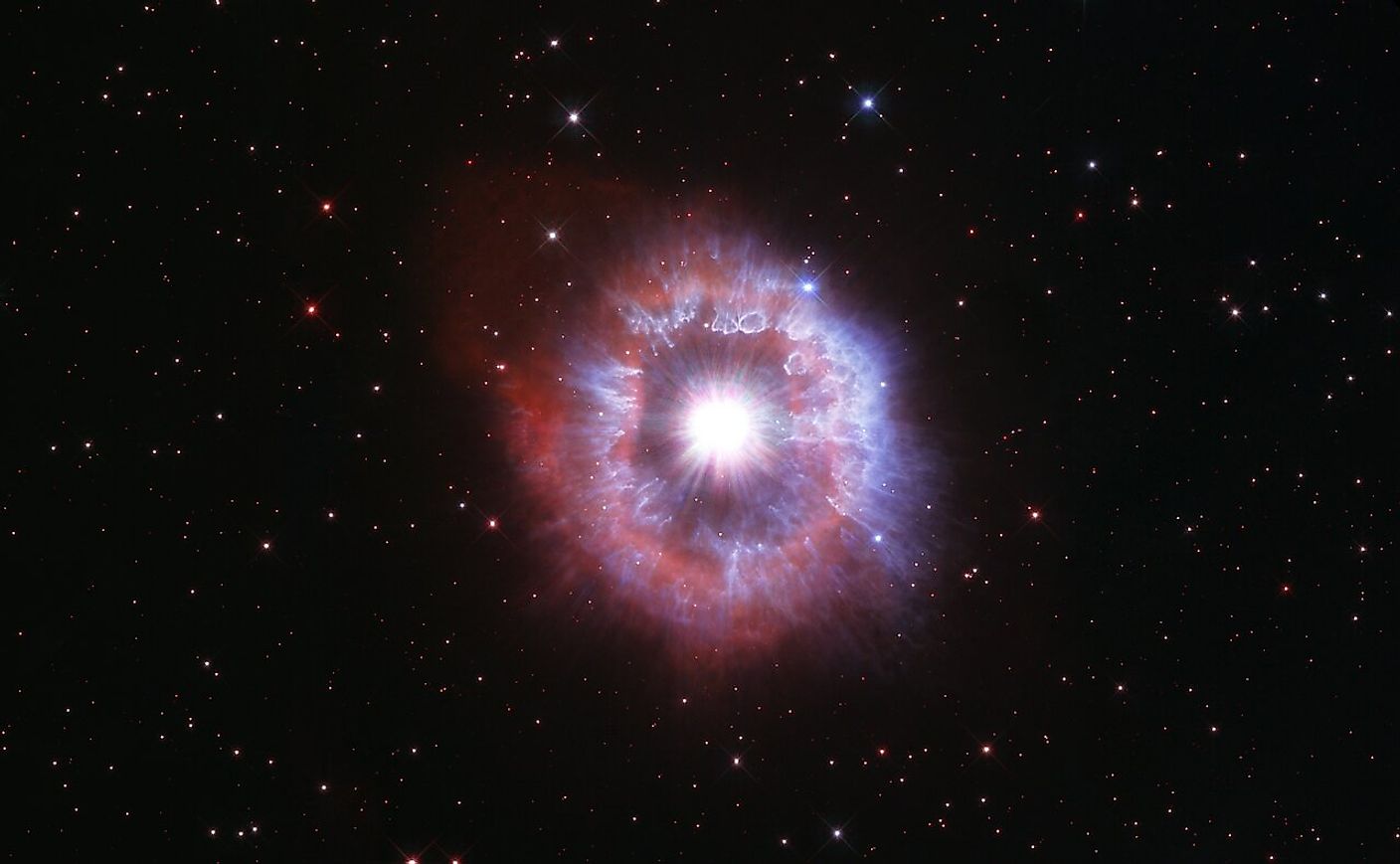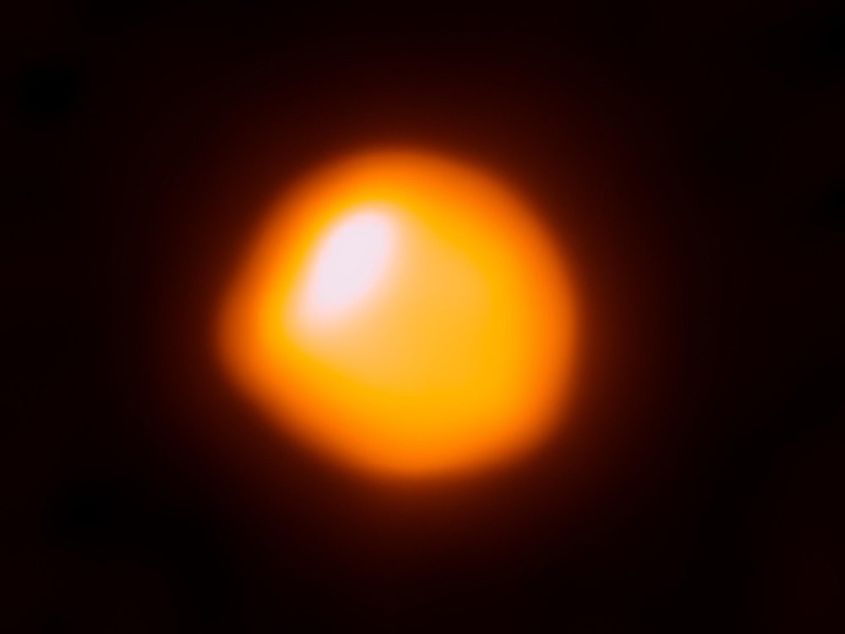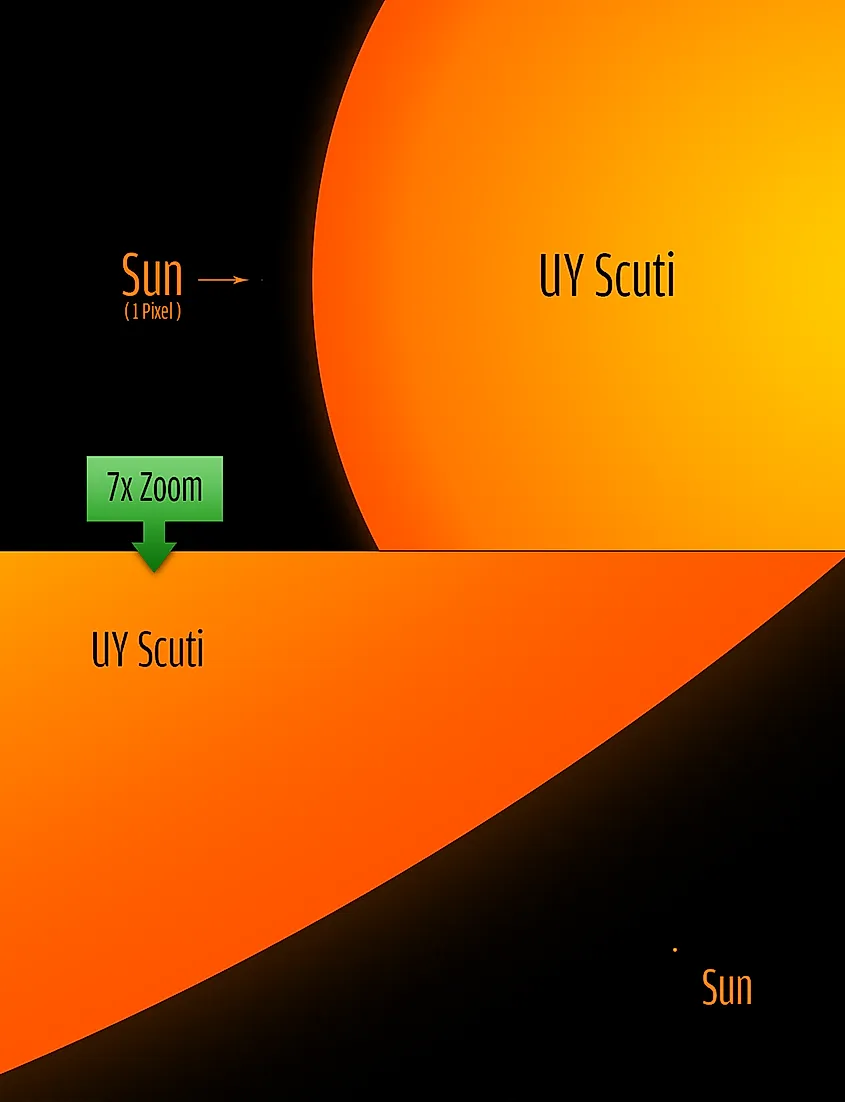
The Ten Biggest Stars In The Milky Way
Stars come in a wide variety of sizes. Some are small and some are big. Some are what we would consider to be behemoths. The sun may seem big to us from our small, rocky world, yet it is dwarfed by some of the other stars in our galaxy. What are the ten biggest stars in the Milky Way?
10: Antares
Antares is a red supergiant located some 550 light years away. Estimates place the size of Antares at 832 times larger than the sun, making it one of the largest stars in the Milky Way. If you were to place Antares where the sun is in our solar system, it would stretch past the orbit of Mars and perhaps even reach as far as Jupiter. Estimates on brightness vary, but it is at least 70,000 times brighter than the sun. By mass, Antares is 12 times more massive than the sun. When Antares eventually dies, it will become a supernova and form either a neutron star or black hole.
9: Betelgeuse

Betelgeuse is one of the most popular stars in the Milky Way. In fact, it is one of the only stars other than our sun where astronomers have actually photographed the star’s surface. Betelgeuse is one of the largest stars in our galaxy with a diameter 887 times larger than the sun’s. Betelgeuse is located about 640 light years away in the constellation Orion. Betelgeuse is currently in the final stages of its life and will likely explode in a supernova in the next 100,000 years.
8: KW Saggittarii
KW Saggittari is a large supergiant star located in the constellation Sagittarius some 6,200 light years away. As one of the largest stars in our galaxy, it has a diameter 1,009 times larger than the sun. It is 200,000 times brighter than the sun.
7: VV Cephei A
VV Cephei A is a red supergiant star located in the constellation Cepheus some 5,000 light years. VV Cephei A is actually part of a binary star system, yet its companion star is far smaller. VV Cephei A is around 1,050 times larger than the sun, yet some estimates place its size even higher.
6: Mu Cephei
Mu Cephei is one of the largest stars visible to the naked eye, being over 1,200 times the size of the sun. If it were placed in our solar system, it would stretch beyond the orbit of Jupiter. Mu Cephei is nearly 300,000 times brighter than the sun, making it one of the brightest red supergiant stars in the Milky Way.
5: KY Cygni
KY Cygni is a red supergiant star located in the constellation Cygnus some 5,000 light years away. KY Cygni is 1,430 times larger than the sun and 273,000 times as bright. Despite its brightness, it is not visible to the naked eye. Interestingly, KY Cygni is hidden in a dense cloud of hydrogen that blocks most of the light it emits.
4: V354 Cephei
V354 Cephei is a red supergiant star located in the constellation Cepheus some 8,900 light years away. With a size 1,520 times larger than the sun, it is among the largest stars in the Milky Way. It is also one of the brightest stars in the galaxy, having a luminosity over 400,000 times that of the sun.
3: RW Cephei
RW Cephei is a yellow hypergiant star located in the constellation Cepheus some 3,500 light years away. It has an estimated size 1,530 times larger than the sun, making it larger than the orbit of Jupiter.
2: VY Canis Majoris
VY Canis Majoris is one of the largest, most massive, and brightest stars ever observed in the universe. With a size larger than 1,500 suns, it has an estimated mass of 60 suns based on a brightness that is 400,000 times brighter than the sun. VY Canis Majoris is a hypergiant star in the constellation Canis Majoris some 3,900 light years away. As a hypergiant, VY Canis Majoris is relatively young, having an estimated age of less than ten million years.
1: UY Scuti

The largest known star in our galaxy, and one of the largest stars ever discovered in the universe, UY Scuti is over 1,700 times larger than the sun. By volume, you could fit over 5 billion suns inside UY Scuti, which goes to show just how gigantic this star truly is. Despite its immense size, UY Scuti is only ten times the mass of the sun and 100,000 times as bright. UY Scuti is currently in the final stages of its life, and it is only as large as it is because the star has expanded as it nears the end of its life. Given its mass, UY Scuti will explode in a supernova, leaving behind either a neutron star or black hole.











